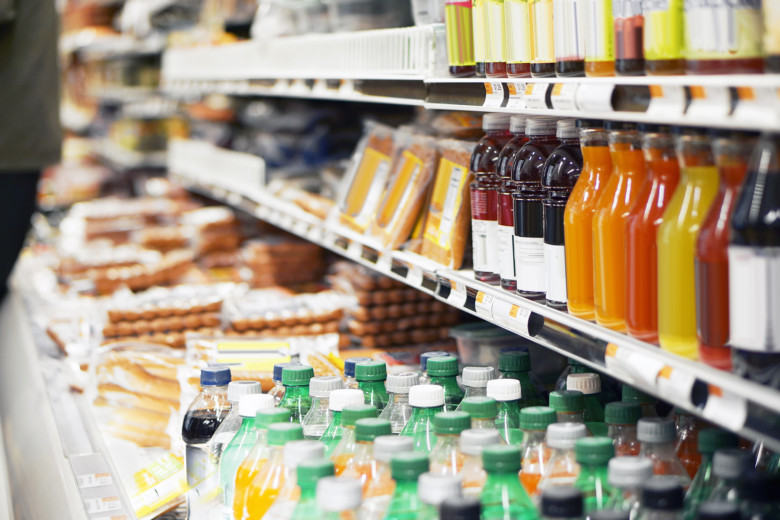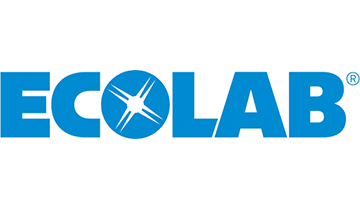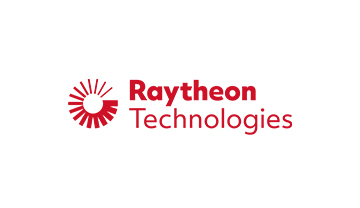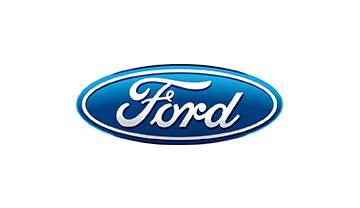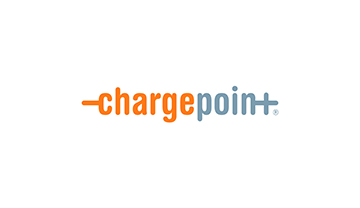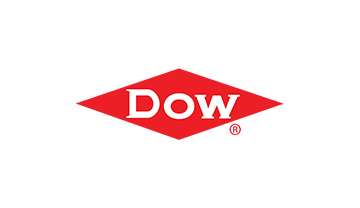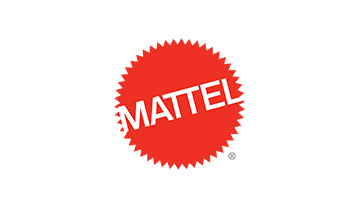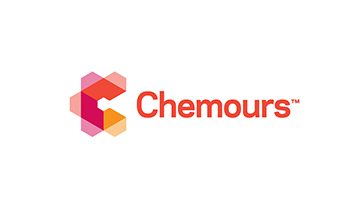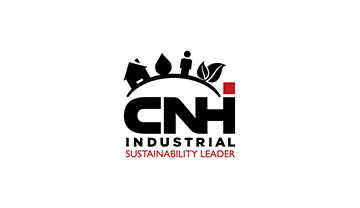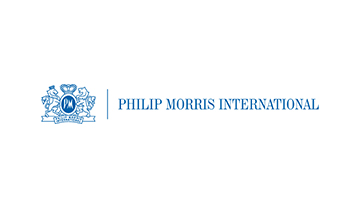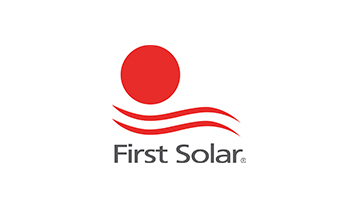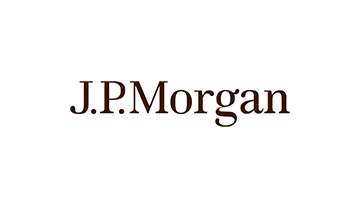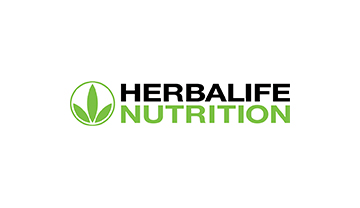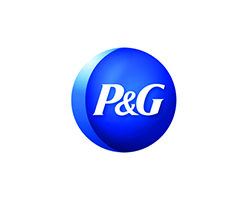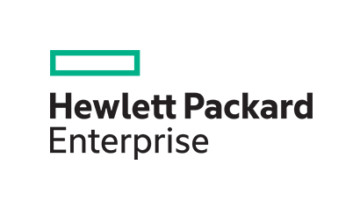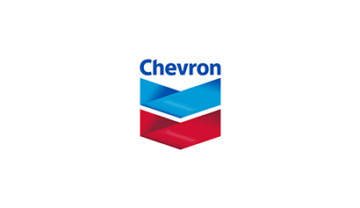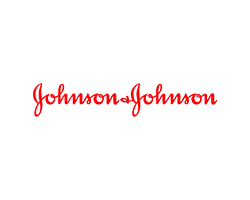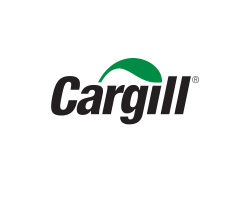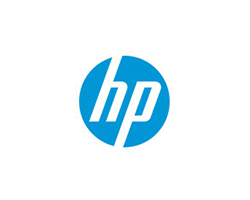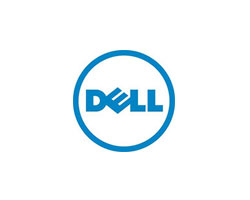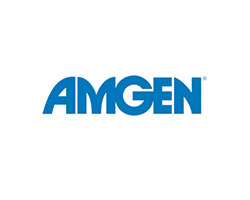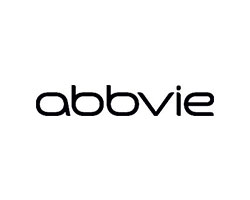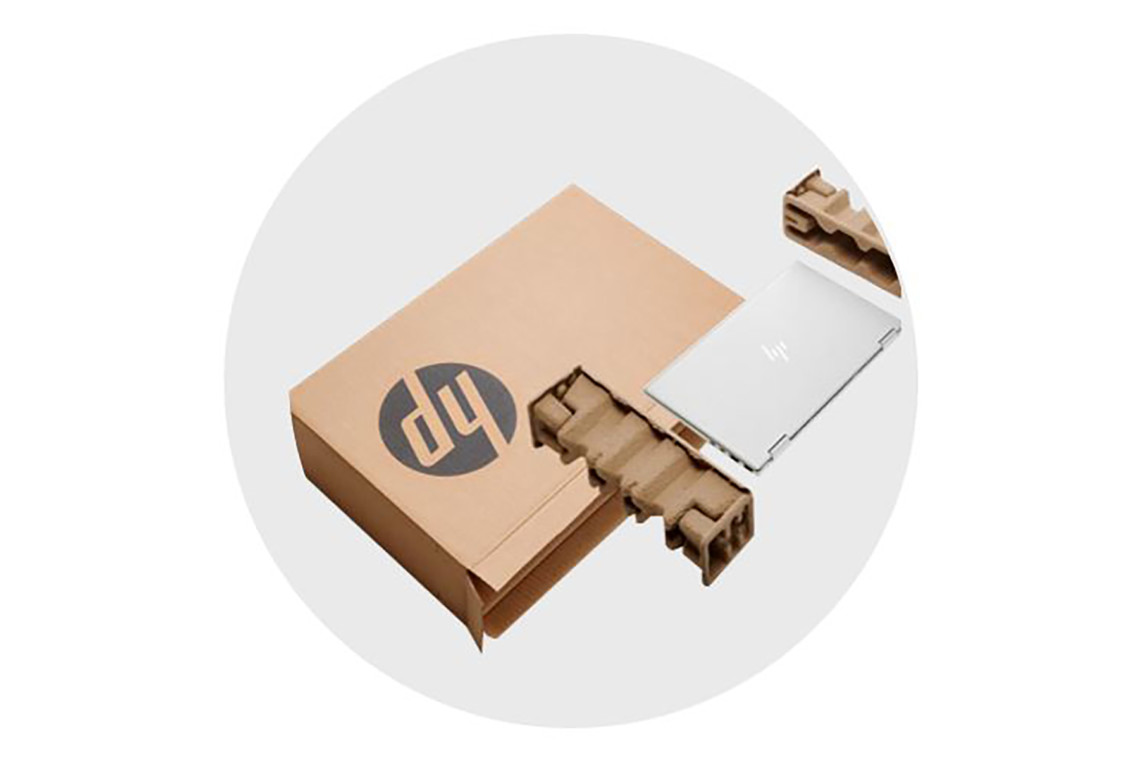
300 million tonnes of plastic are produced each year worldwide, half of which is for single-use. 91% isn’t recycled at all.
HP’s sustainable packaging strategy focuses on three areas, and is driving progress towards a circular and low-carbon economy:
- Eliminate unnecessary packaging material, space, and hard-to-recycle materials such as plastic foam.
- Innovate packaging designs to use materials with lower environmental impact, such as sustainable fibre and recycled plastics.
- Improve circulation of materials by using recycled content and choosing materials with higher recycling rates worldwide.
During the first half of 2020, HP introduced a goal to eliminate 75% of single-use plastic packaging by 2025, compared to 2018.
Besides that, HP commits to 75% of its total annual product and packaging content (by weight) to come from recycled and renewable materials and reused products and parts by 2030. This is the first time that such a goal was announced in the technology industry. This initiative is part of HP’s climate action goals. These goals include: achieve net zero greenhouse gas emissions across HP value chain by 2040, reduce HP value chain GHG emissions 50% by 2030, reach carbon neutrality and zero waste in HP operations by 2025, reach 75% circularity for products and packaging by 2030.
In 2020, HP reached an average 19% reduction of packaging weight per unit across HP’s portfolio of products. In 2020 great progress was achieved with an estimated 6.6 million kilograms (6,600 tonnes) of plastic reduced since 2018.
Drivers for these plastic reduction goals are the protection of the environment, increasing customer desire to avoid plastic packaging, the growing number of legislations around non-recyclable and single-use plastics and a lack of recycling options for several plastic types, eg plastic foam.
HP faces several technical and design challenges on the way to achieve elimination of 75% of single-use plastics. Often paper packaging doesn’t protect a product as well as plastics. Besides that, it is difficult to find suppliers which have the capability and capacity of providing alternative solutions.
HP’s elimination of 75% single-use plastics is in line with the EU policy on avoiding waste and phasing out single-use plastics. HP’s climate action goals contribute to the goals of the EU Green Deal.



